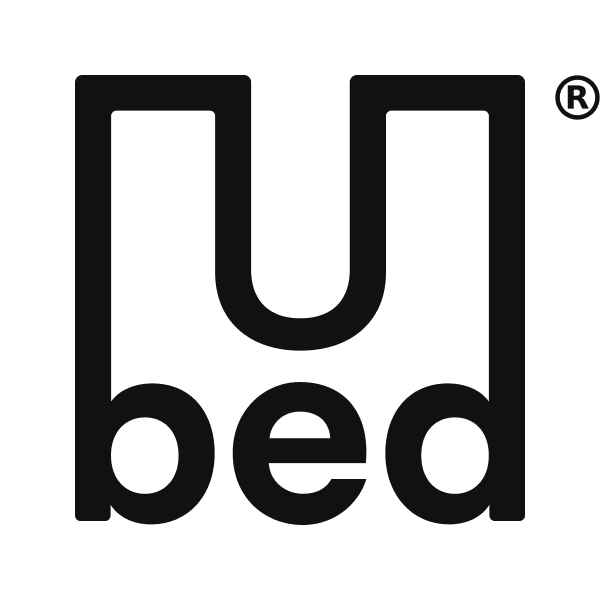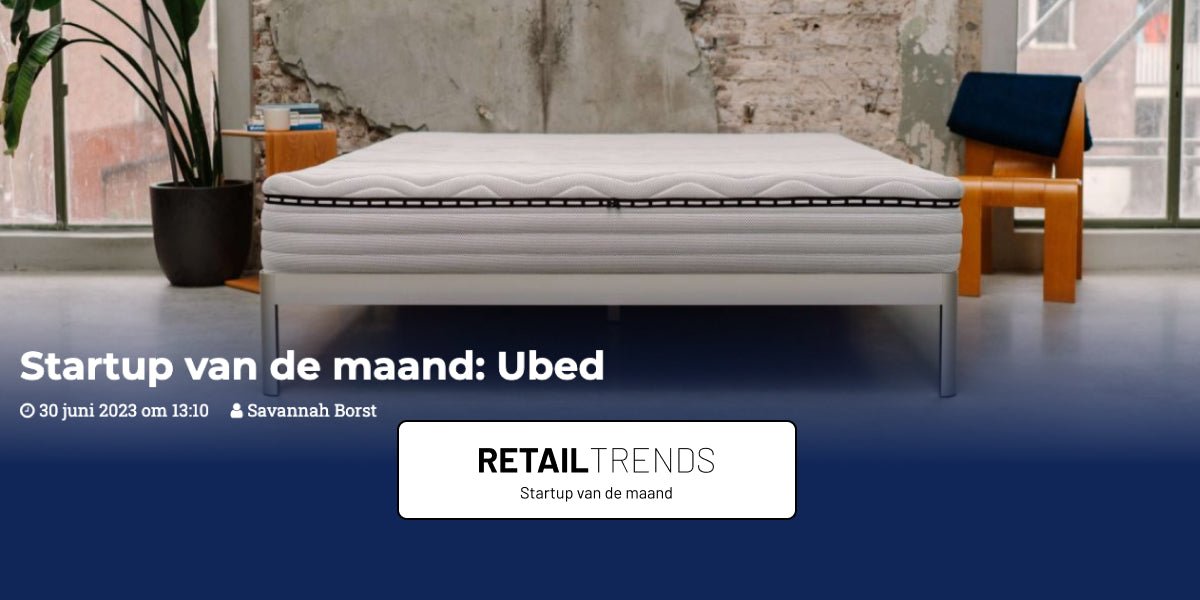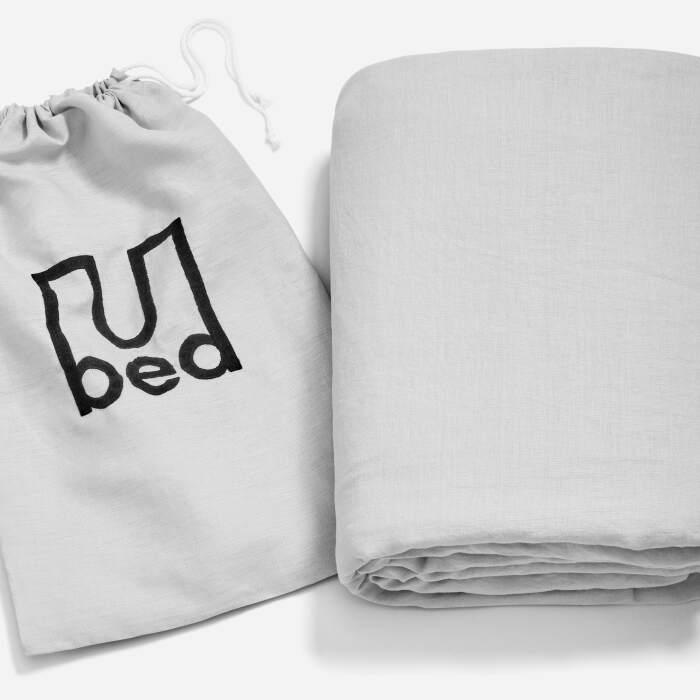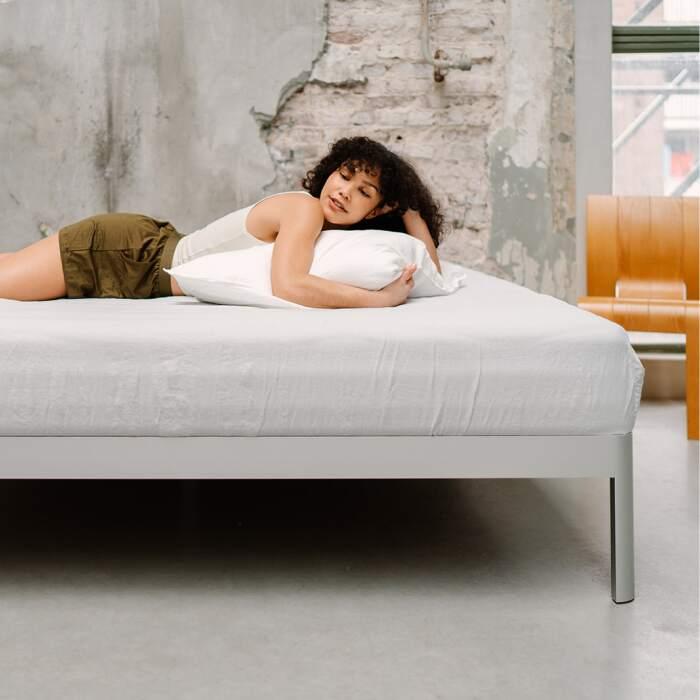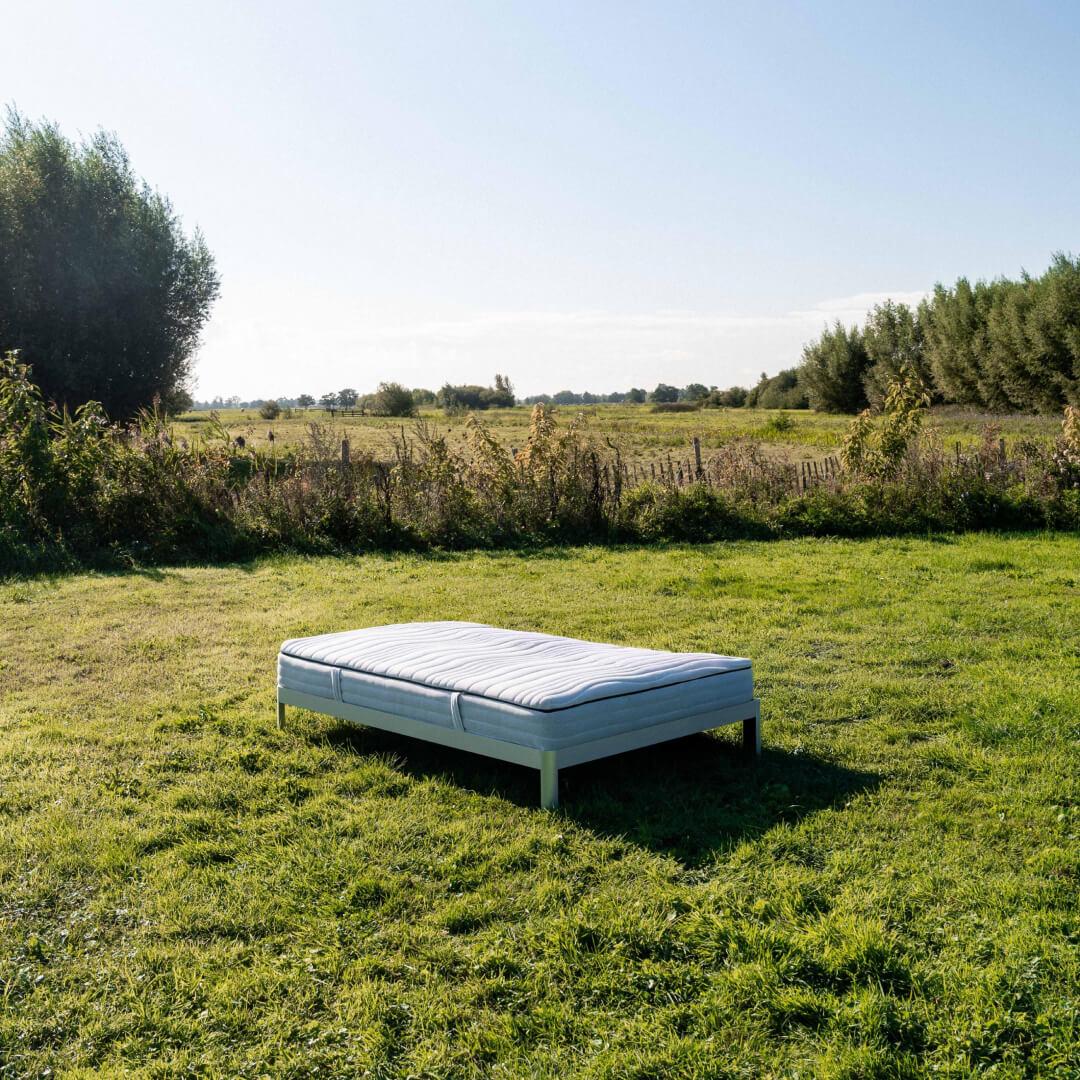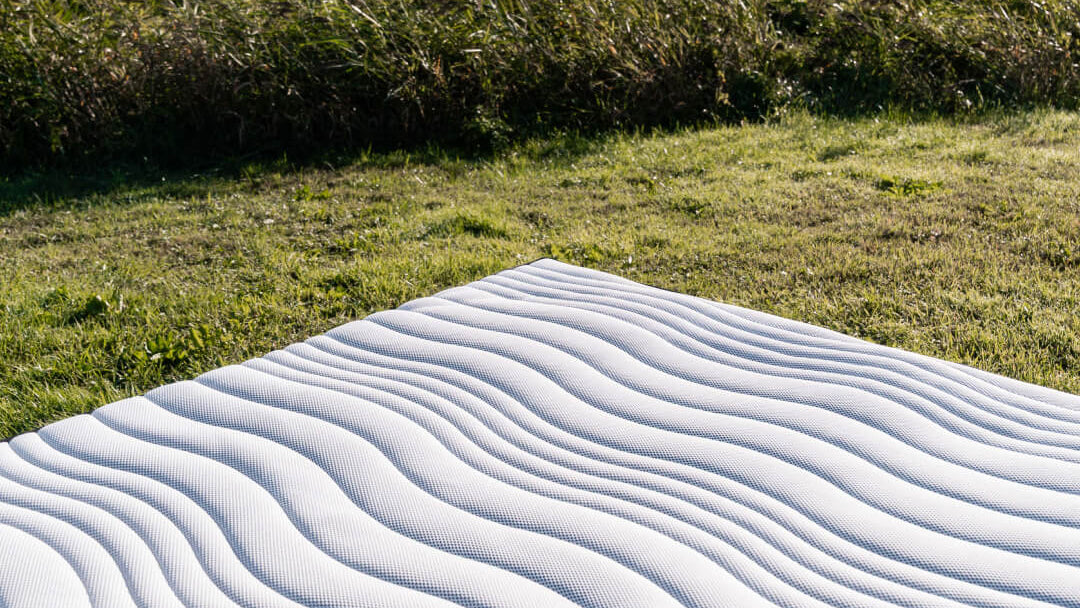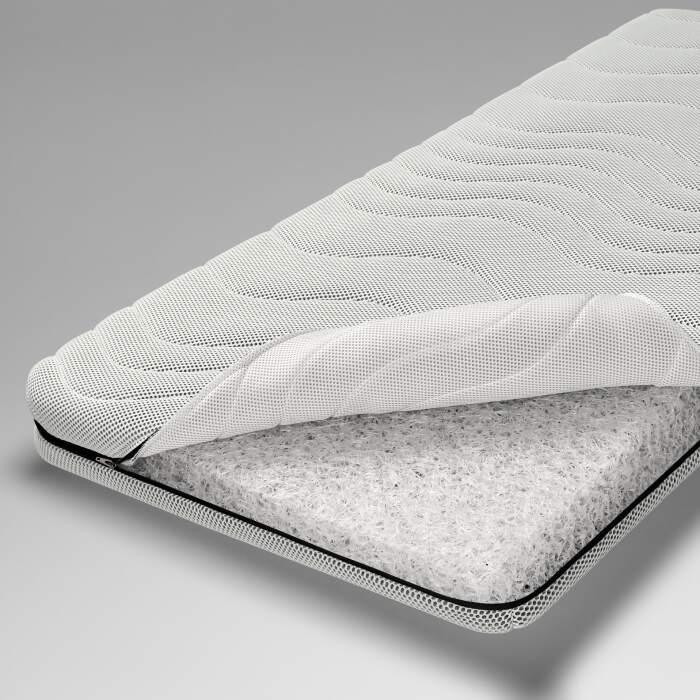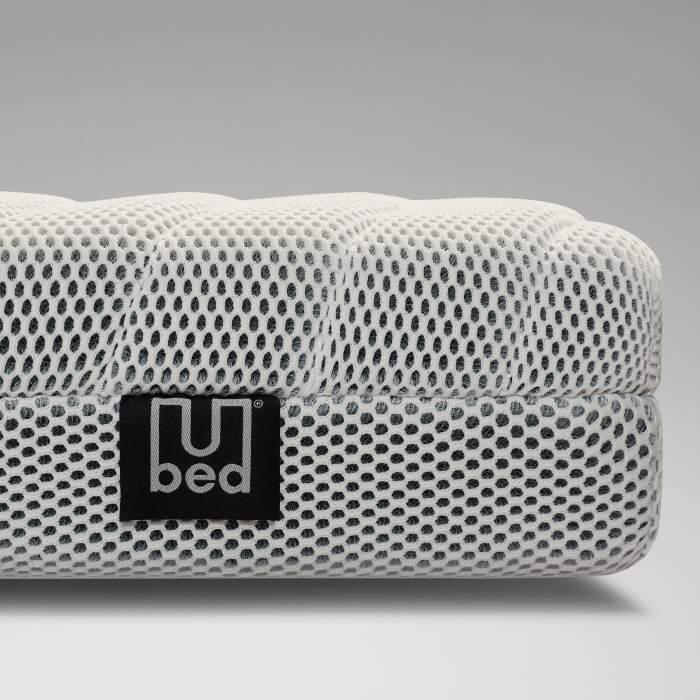By Savannah Borst
In the Netherlands, around one and a half million mattresses end up on the rubbish heap every year. With a modular mattress, where every part can be replaced, Ubed wants to tackle the waste problem in the mattress industry. Wouter Simons is in charge of the daily management and explains how they do it.
What is your mission?
“Ubed ( pronounced YouBed) has the mission to tackle the waste problem in the industry. A normal mattress lasts on average eight to ten years. To prevent a mattress from being written off in one go, Ubed makes mattresses of which all parts are interchangeable. By replacing the layers on time, you can extend the life of the mattress indefinitely. Repair is the best choice.”
How did Ubed come about?
“The idea for the mattress came from Frans de La Haye, known for the iconic 'Auronde' bed frame from Auping. He set it up together with Eduard Zanen, founder of the Bugaboo stroller, among others. Ubed was founded 3.5 years ago. Frans and Eduard paid for this out of their own pockets.
I was soon asked to actually roll it out. We started developing in 2020 and we have been available on the market since last year. The three of us have gotten it to where it is now.”
Text continues below image.
What sets Ubed apart from competitors?
“It is a very ventilated mattress. A person loses an average of half a liter of fluid per night, mainly through perspiration. This can amount to more than a liter. With a foam mattress, this remains in the mattress. Because our mattress is made of 3D polyester, the moisture has room to evaporate. This way it also remains more hygienic.
There are many holes in the mattress, just like a sports shirt. This keeps the humidity relatively low in the mattress and provides a dry and cooling effect. It is the most ventilated mattress I know, although we still have to officially test it to prove that claim. We also give customers advice about which hardness and top layer suits them best based on height, weight and sleeping position. The hardness is easy to adjust if the mattress is not comfortable. I don't know of any other brands that offer the same service to replace parts.”
What do you do with the parts that come back?
“We have an agreement with all suppliers that parts can be returned. They then use this to make new raw materials. When customers exchange parts or a mattress, they receive a discount for the next product. You can say that you are selling circular products, but if you don't get it back or if it doesn't end up in the right place, it will still end up in the trash."
What type of customer buys from you?
“Our first launch was the M-500. The price is around 2,000 euros for a double mattress. Our experience is that the starter does not easily buy a mattress in that price range. DJs, top athletes and people over 35 do. Since we launched the C-100, with a price tag of 1,200 euros for two people, we see that a different target group has been tapped.”
You only sell via the webshop. Is this conscious?
"Yes. We give the customer one hundred days to test the mattress. That is a no-nonsense guarantee that we provide. Isn't it comfortable? We will then collect the mattress and you will get your money back. Ultimately, that is the best way to test a mattress.
People often find it uncomfortable to test a bed in a showroom. It is not at all a relaxing moment to choose a mattress in a bed store. They often forget how they normally lie, lie on their back and say, "Yes, fine." With their shoes on. Once you lie on it at home, you can still experience discomfort. That's why we think that selling mattresses online is a good way: you should try it at home."
Text continues below image.
What challenges have you encountered in recent years and how did you solve them?
“We looked at how we could make the mattress modular. In the beginning we worked in a complicated way. After a while the process became smoother.
Chemical glue is often used in other mattresses, which is bad for the environment. That's why we used polyester glue. We preferred not to use glue, so that was the challenge. We have now found the solution. There is now no glue anywhere in the mattress, except near the springs. We still want to get rid of that. The sides and top layers are glue-free because of the covers that hold all the parts together. If you do chemically bond this, you will also have to take it apart again if you want to replace it. So not useful. You also develop those insights as you work.”
Do you sell more than mattresses?
“Yes, we also offer linen fitted sheets and children's mattresses. When a thick molton or cotton fitted sheet is placed on the mattress, the ventilation of the mattress is reduced and it accumulates in heat spots . That is why we also sell a ventilated fitted sheet. The combination works well. Linen is more durable than cotton and lasts longer.
Because our mattress is washable, we were asked if we could also make a children's mattress. For example, if children wet their bed, you can unzip the cover, wash it and rinse the cores clean in the shower. With a foam mattress it absorbs into the mattress.”
How do you view the future? Where will Ubed be in five years?
“We want to grow in the Dutch market and expand within Europe. We are currently developing a new mattress. It will be a more technical product, that's all I'll say yet. The mattress goes further than the mattresses we make now.”
